Table of Contents
What Does It Mean to be Dual Eligible for Medicare and Medicaid?
What is a Dual Special Needs Plan?
What’s the difference between Medicare and Medicaid?
How Do You Qualify for Medicare?
How Do You Qualify for Medicaid?
How to Apply for Medicare and Medicaid
How Does Medicaid Eligibility Level Impact Medicare/Medicaid Dual Eligibility?
Specified Low-Income Medicare Beneficiary (SLMB) Program
Qualifying Individual (QI) Program
Medicaid Redetermination and its Impact on Medicare Medicaid Dual Eligibility
Navigating the complexities of healthcare coverage can be a daunting task. Understanding the differences between Medicare and Medicaid, two significant government programs designed to help cover healthcare costs, is critical.
While both programs aim to assist individuals in obtaining necessary healthcare, they each have unique eligibility requirements. In some cases, they even work together!
This guide will walk you through the key aspects of Medicare and Medicaid, including their definitions, eligibility criteria, application process, and the concept of dual eligibility.
Whether you’re a senior citizen, a person with a disability, a low-income individual, or a caregiver, this comprehensive overview will help you understand these programs and navigate your healthcare options.
Need Expert Help From A Licensed Medicare Agent?
What Does It Mean to be Dual Eligible for Medicare and Medicaid?
What is a Dual Special Needs Plan?
A Dual Special Needs Plan (D-SNP) is a specialized type of health insurance plan for individuals who qualify for both Medicare and Medicaid. These plans coordinate with both programs.
What’s the difference between Medicare and Medicaid?
Medicare and Medicaid are two significant programs in the U.S. healthcare system, each addressing different healthcare needs and populations. They have distinct structures, funding mechanisms, and eligibility criteria.

What is Medicare?
Medicare is a federal program offering health insurance primarily to individuals aged 65 or older, as well as younger people with certain disabilities and diseases.
Medicare has four parts:
Part A
Part A covers hospital stays, skilled nursing facility care, hospice care, and some home health care.
Part B
Part B covers specific doctors’ services, outpatient care, medical supplies, and preventive services.
Part C
Part C, also known as Medicare Advantage Plans, are health insurance options offered by private companies approved by Medicare. Beneficiaries should scrutinize the plan details carefully before enrolling to ensure it meets their specific needs.
It may be helpful to speak with a licensed insurance sales agent for a free plan comparison with no obligation to enroll.
Part D
Part D is also known as Prescription Drug Plans.
How Do You Qualify for Medicare?
Medicare eligibility primarily targets individuals aged 65 or older, younger people with specific disabilities, and people with End-Stage Renal Disease (permanent kidney failure requiring dialysis or a transplant).

What is Medicaid?
On the other hand, Medicaid is a joint federal and state program designed to help individuals with limited income and resources cover medical costs.
Although there are federal guidelines, each state establishes its own eligibility standards, determines the scope and duration of services, sets the payment rate for services, and administers its Medicaid program.
How Do You Qualify for Medicaid?
Medicaid eligibility involves meeting specific income and asset tests and can vary greatly from state to state.
Certain groups automatically qualify for Medicaid, including low-income families, qualified pregnant women and children, and individuals receiving Supplemental Security Income (SSI).
Some states have expanded their Medicaid programs to cover all adults below a certain income level.
State-specific factors affecting Medicaid eligibility may include family size, age, pregnancy status, disability status, among others.
For example, some states may cover adults up to a certain income level, pregnant women up to a higher income level, and children up to an even higher level.
The eligibility rules can be complex, and specifics vary widely among states.
Visit your state’s Medicare website or office to find out.

How to Apply for Medicare and Medicaid
To apply for Medicare, you can visit the Social Security website at ssa.gov, call Social Security at 1-800-772-1213, or visit your local Social Security office.
To apply for Medicaid, you can visit the Healthcare.gov website at healthcare.gov, call the Marketplace Call Center at 1-800-318-2596, or contact your state Medicaid program.
Medicaid Eligibility Levels
Medicaid eligibility levels refer to the income thresholds set by each state within federal guidelines that determine who is eligible for Medicaid benefits.
These levels are often expressed as a percentage of the Federal Poverty Level (FPL), a measure of income issued annually by the Department of Health and Human Services.
As per the Affordable Care Act, all states were required to cover children up to at least 133% of the FPL, but most states have chosen to cover children at even higher income levels.
For adults, the eligibility levels can vary significantly from state to state.
For example, as of 2023, the eligibility limit for single adults without dependent children is presented as a percentage of the 2023 FPL for an individual, which is $14,580.
To find the specific eligibility levels in your state, you can visit your state’s Medicaid website or use resources like the Kaiser Family Foundation (KFF), which publishes state-by-state Medicaid eligibility levels for various groups.

How Does Medicaid Eligibility Level Impact Medicare/Medicaid Dual Eligibility?
Firstly, it’s important to note that Medicare typically acts as the primary payer, which means it pays first for healthcare services. Medicaid then provides additional assistance, acting as a secondary payer.
For dual eligibles, Medicaid can assist with Medicare.
The extent of this assistance can depend on the Medicaid eligibility level of the individual. For instance, some dual eligibles may qualify for full Medicaid benefits, while others may only qualify for help with certain Medicare costs.
One example is the Qualified Medicare Beneficiary (QMB) Program. This program is for people with income at or below 100% of the Federal Poverty Level.
Individuals in the QMB program get assistance from Medicaid to pay their Medicare expenses.
The QMB program has different levels, including:
QMB Only: Individuals who qualify for the QMB program but do not meet their state’s requirements for full Medicaid benefits fall into this category.
These beneficiaries receive assistance with Medicare costs from the QMB program, but they do not receive any additional Medicaid benefits.
QMB Plus (QMB+): This level is for individuals who are eligible for both the QMB program and full Medicaid benefits.
These beneficiaries not only receive assistance with Medicare costs but also enjoy full Medicaid coverage.
The exact benefits offered through Medicaid can vary by state but may include services like nursing home care and home health care that are not typically covered by Medicare.
There are also other Medicare Savings Programs (MSPs) for individuals with higher income levels, such as the Specified Low-Income Medicare Beneficiary (SLMB) Program and the Qualifying Individual (QI) Program.

Specified Low-Income Medicare Beneficiary (SLMB) Program
The SLMB program is for those who have income that’s slightly higher than the QMB limits.
To qualify for the SLMB program, your income must be between 100% and 120% of the Federal Poverty Level (FPL). The asset limit for the SLMB program is $7,970 for an individual and $11,960 for a couple in 2023.
Qualifying Individual (QI) Program
The QI program is for those with incomes higher than the SLMB limits.
To qualify for the QI program, your income must be between 120% and 135% of the FPL. The asset limit for the QI program is the same as that of the SLMB program. It’s important to note that you must apply every year for QI benefits, and these benefits are granted on a first-come, first-served basis.
These programs help lower-income individuals afford the often high costs associated with Medicare.
Each state may have slightly different income and asset limits, so it’s important to check with your state’s Medicaid office to see if you qualify.
In summary, Medicaid eligibility levels can impact how much Medicaid pays when coordinating with Medicare by determining the extent of assistance with Medicare costs.
Medicaid Redetermination and its Impact on Medicare Medicaid Dual Eligibility
Medicaid redetermination is a process that occurs typically every year to verify that individuals still meet the eligibility requirements for Medicaid.
This process can have significant implications for those who are dually eligible for both Medicare and Medicaid.
If a dual-eligible individual is affected by the Medicaid redetermination process and loses their Medicaid eligibility, they could potentially lose access to Dual Eligible Special Needs Plans (D-SNPs) with Medicare.
It’s important to understand these potential changes and prepare accordingly.
If you have questions or concerns about your eligibility or coverage, it may be helpful to consult with a healthcare professional, social worker, licensed insurance sales agent, or legal advisor who specializes in these areas.

Working with a licensed health insurance sales agent can be a great way to navigate the complex coverage options available. They can also explain the differences between plans and help you figure out which plan fits your needs and budget.
Ultimately, a licensed insurance sales agent can help you make an informed decision about the coverage that suits your hearing health needs.
Sources:
- “Medicare Program – General Information.” Centers for Medicare & Medicaid Services.
- “Renewal of Medicaid Eligibility.” Health Insurance.org.
- “Special Needs Plans (SNPs).” Medicare.gov.
- “Dual Eligible Beneficiaries Under Medicare and Medicaid.” Centers for Medicare & Medicaid Services.
- “Eligibility.” Medicaid.gov.
- “Medicaid Income Eligibility Limits for Adults as a Percent of the Federal Poverty Level.” KFF.
- “Who’s eligible for Medicaid?” HHS.gov
- “Qualified Medicare Beneficiary (QMB) Program.” Medicare.gov.
- “Programs to Help You Pay Your Medical Expenses” Social Security Administration.
- “Medicare Savings Programs.” Medicare.gov.
- “Specified Low-Income Medicare Beneficiary.” Medicare Interactive.
- “Qualifying Individual (QI) Program.” Medicare Interactive.
- “Qualified Disabled and Working Individuals (QDWI) Program.” Medicare Interactive
- “2023 SSI and Spousal Impoverishment Standards.” Centers for Medicare & Medicaid Services.
- “Qualifying Individual (QI) Program.” Medicare Interactive.
-CALLING THE NUMBER ABOVE WILL DIRECT YOU TO A LICENSED INSURANCE AGENT.
By completing the form above, I understand that a Licensed Insurance Agent from Apollo Insurance Group may contact me via phone, email or mail to discuss Medicare insurance options. Calls may be made by auto dialer, text, or robocall and are for marketing purposes. Cellular carrier charges may apply. Providing permission does not impact eligibility to enroll or the provision of services. You can change permission preferences at any time by contacting (816) 608-4333. We do not offer every plan available in your area. Any information we provide is limited to those plans we do offer in your area. Please contact Medicare.gov or 1-800-MEDICARE to get information on all of your options. Apollo Insurance Group is not affiliated with the federal Medicare program or the government. This is a solicitation for insurance.


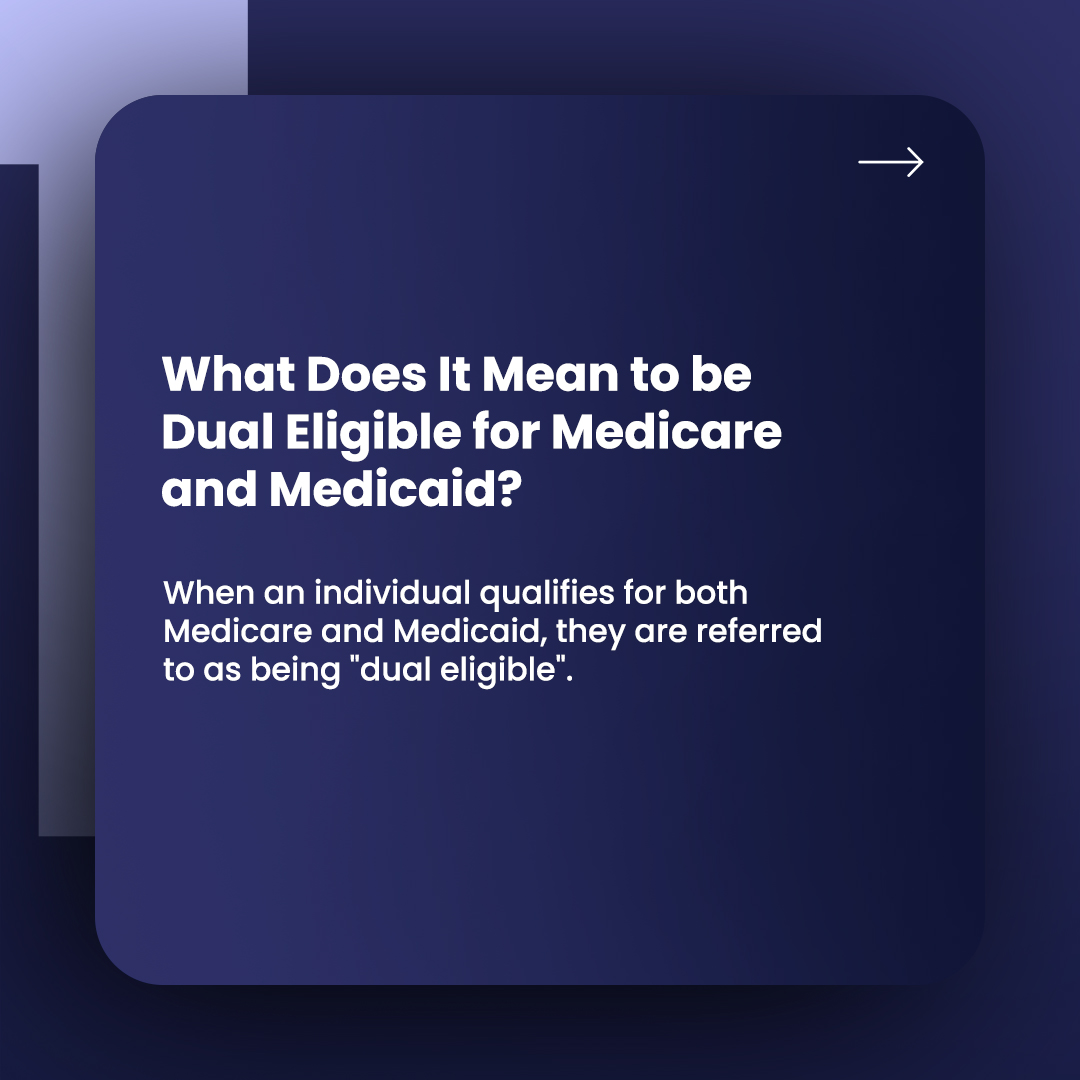
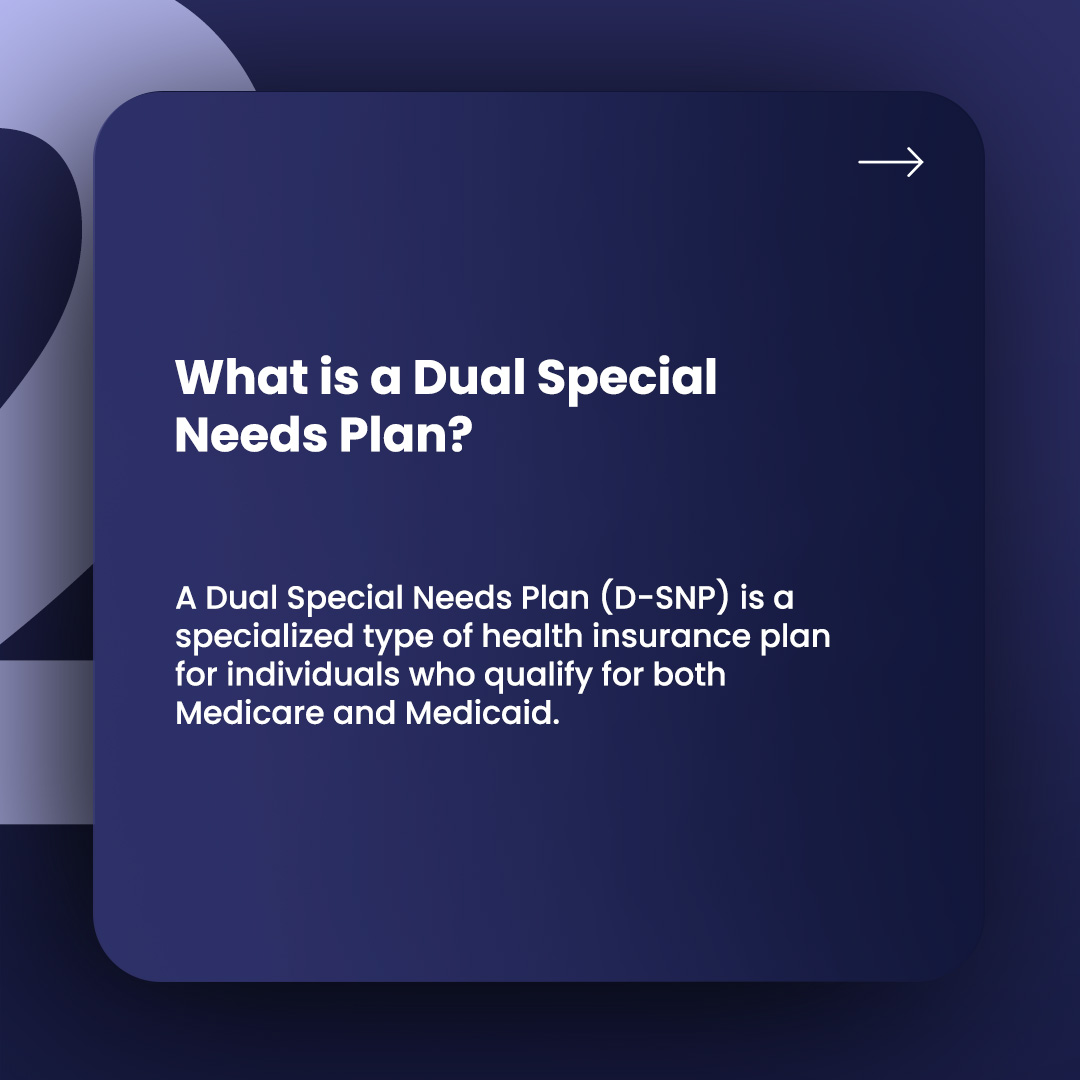
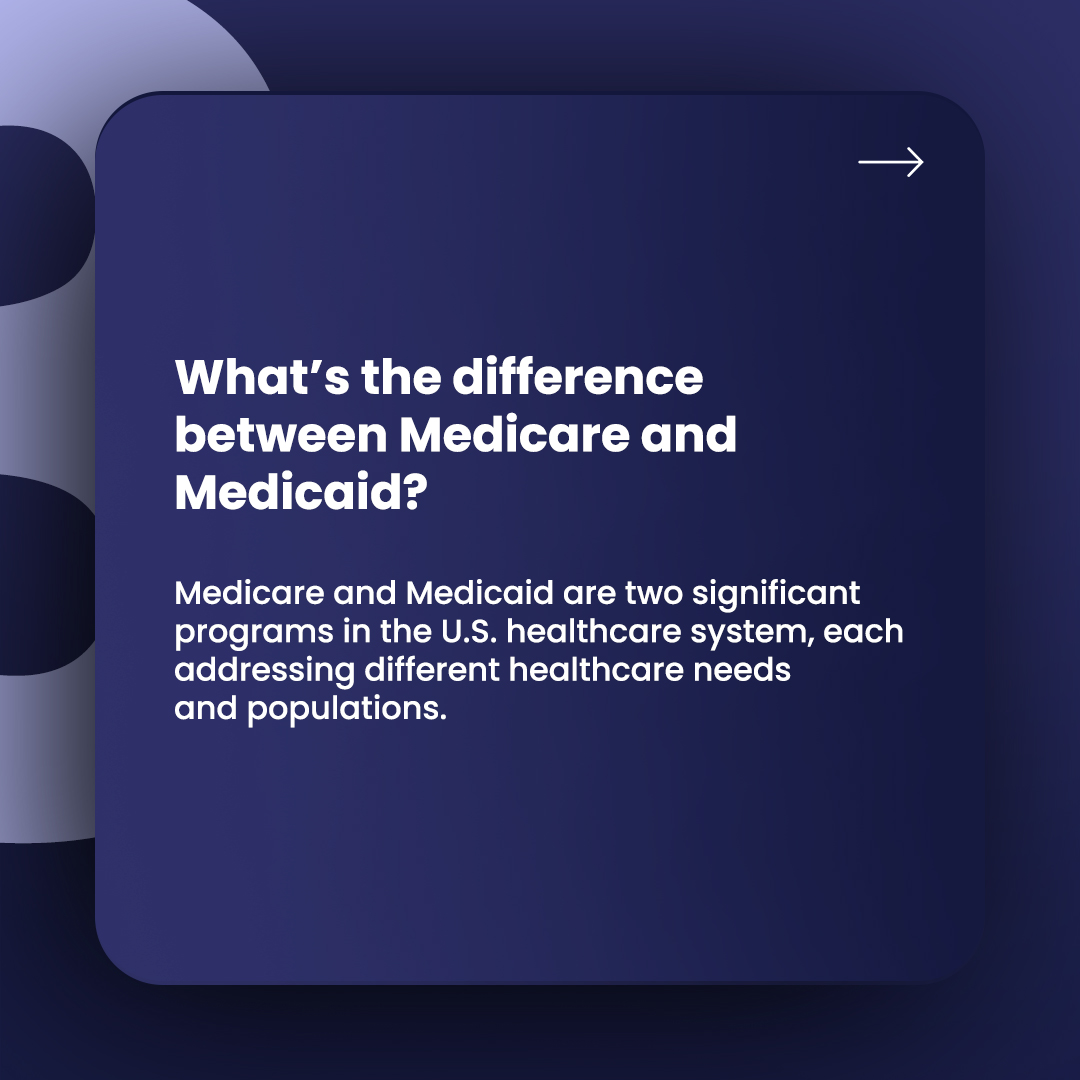
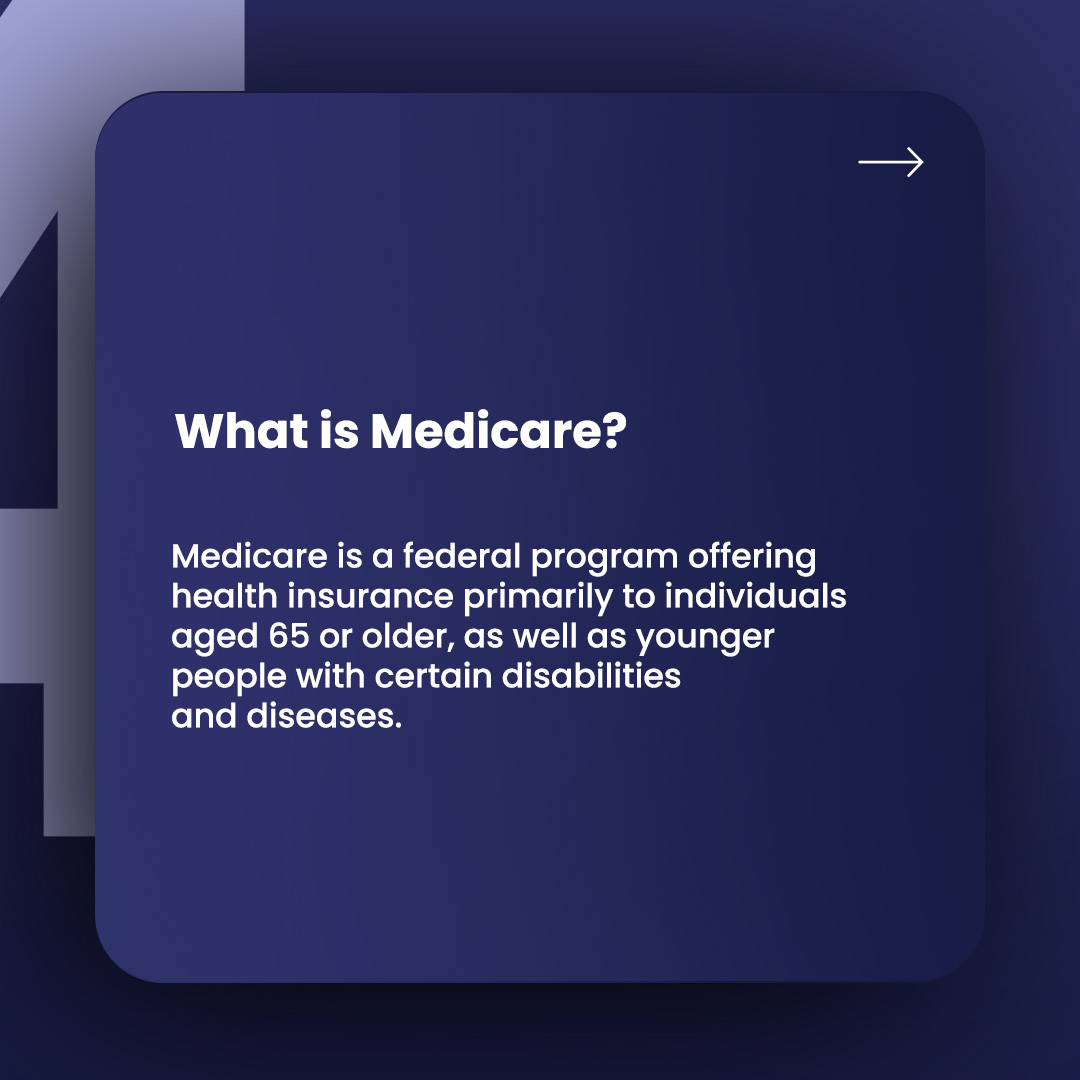
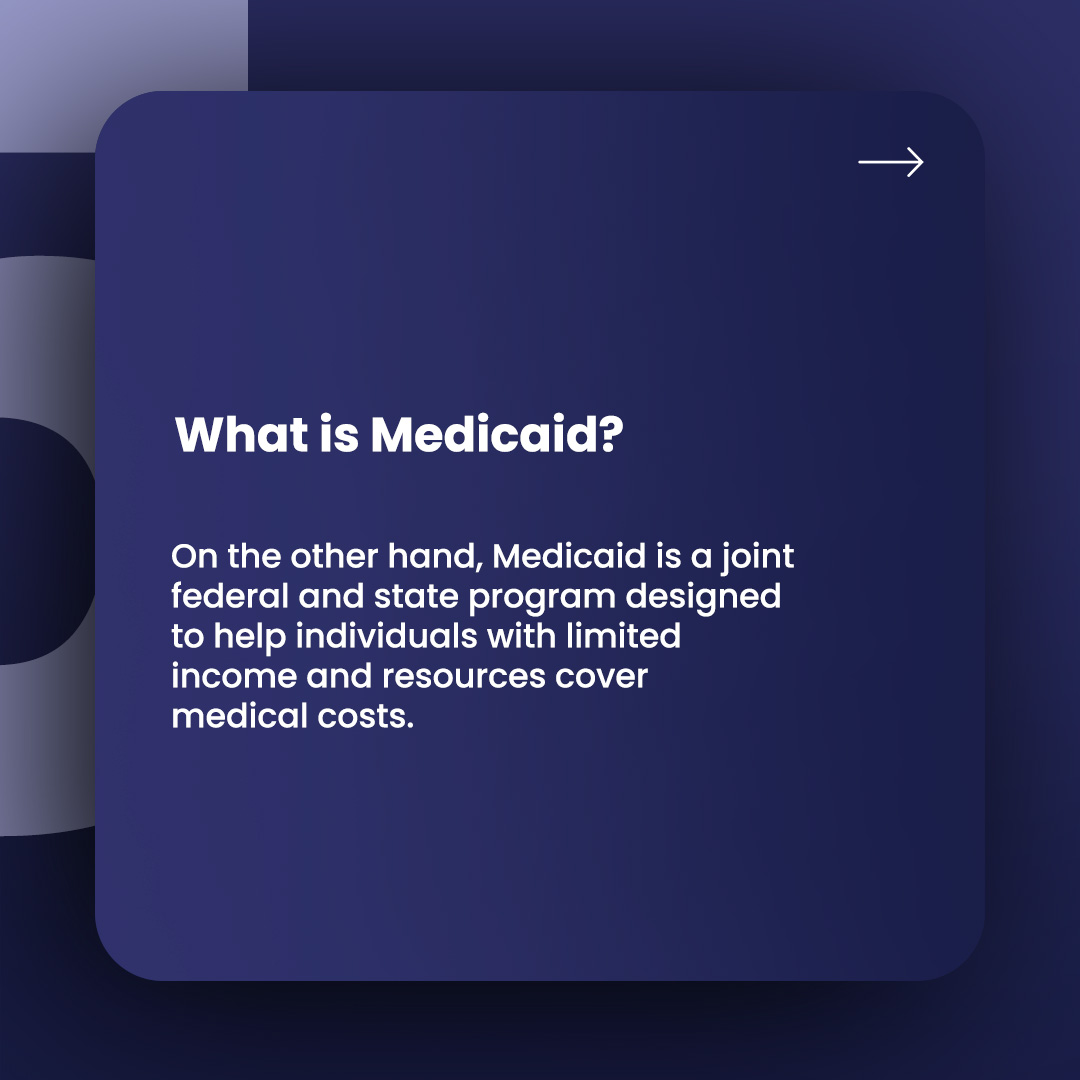

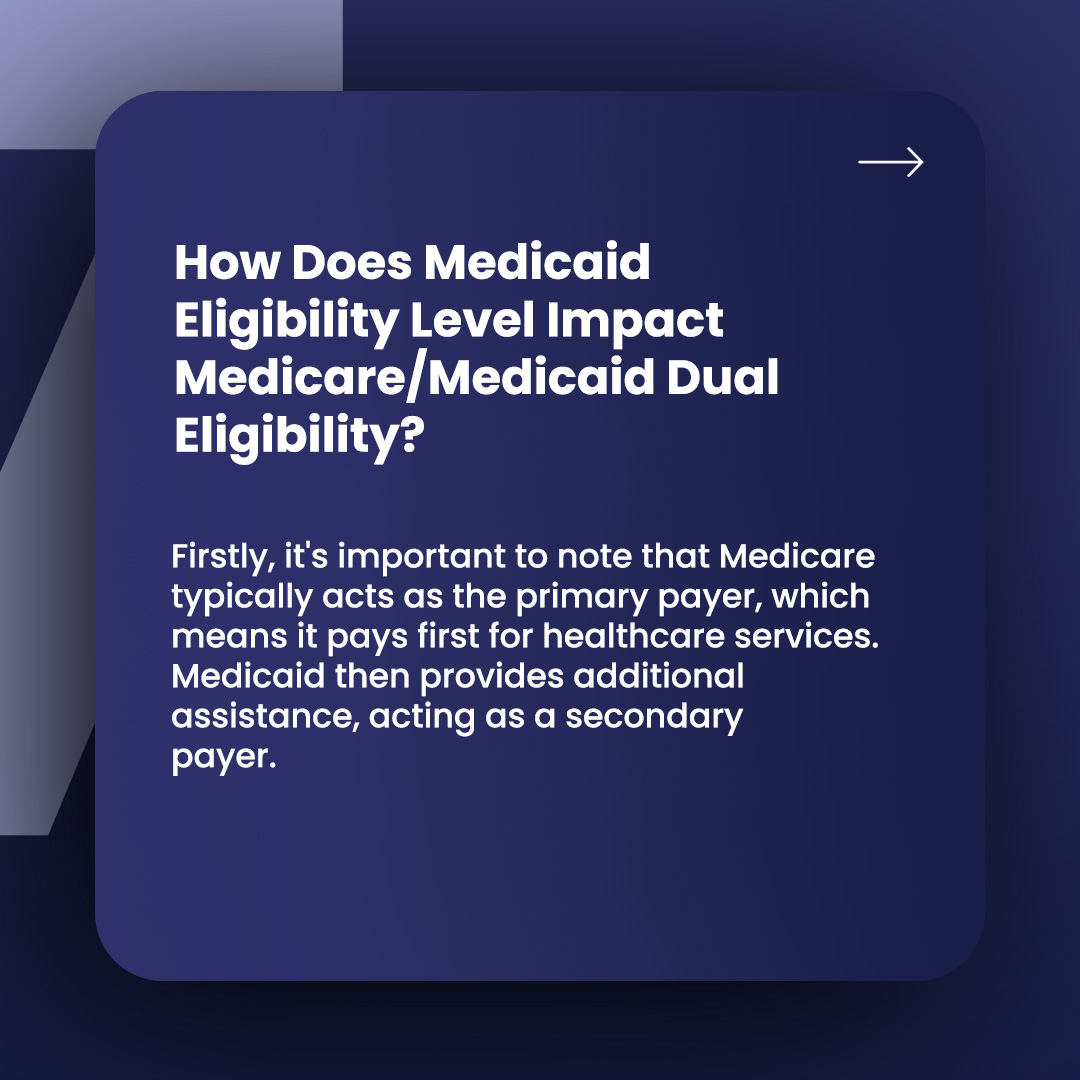
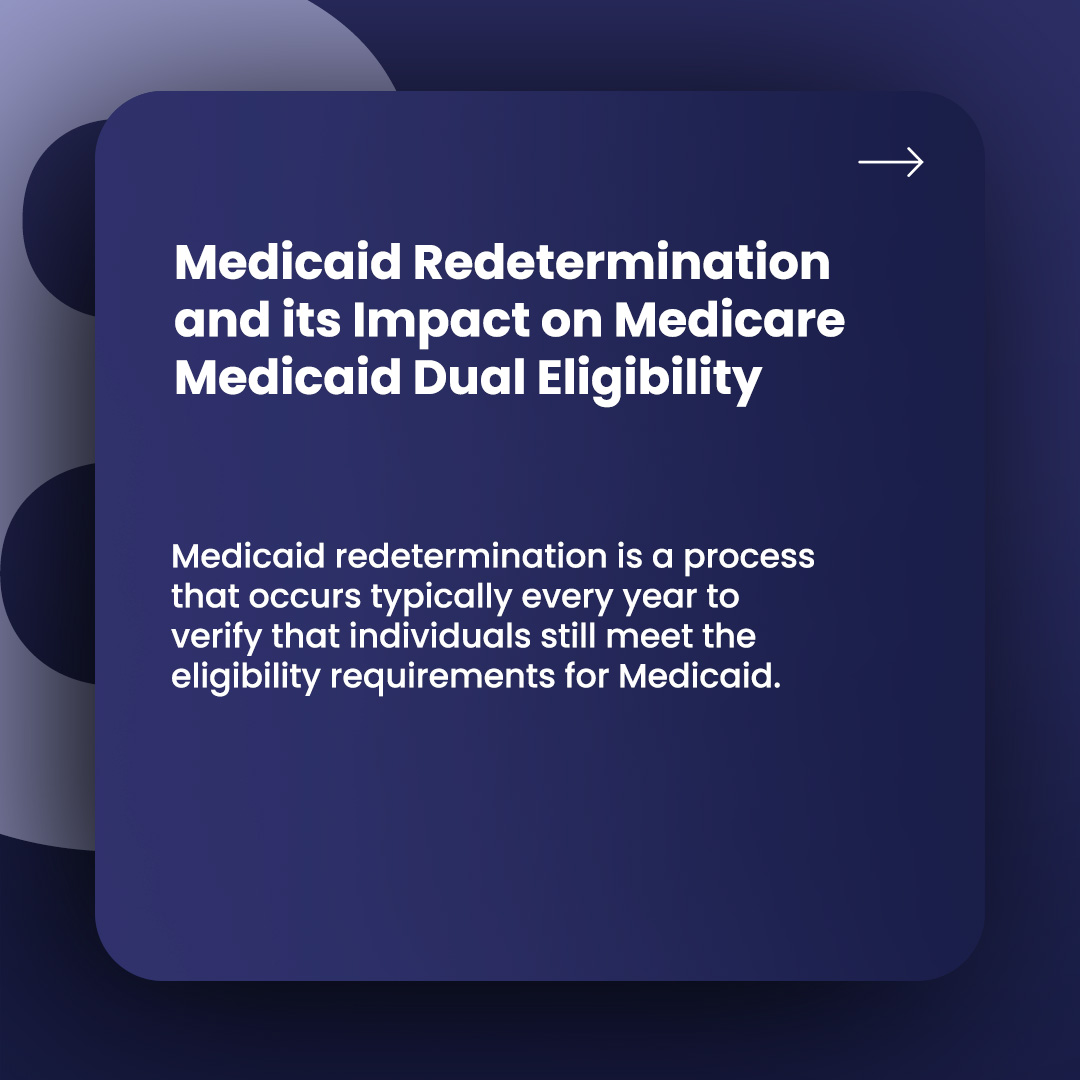


0 Comments